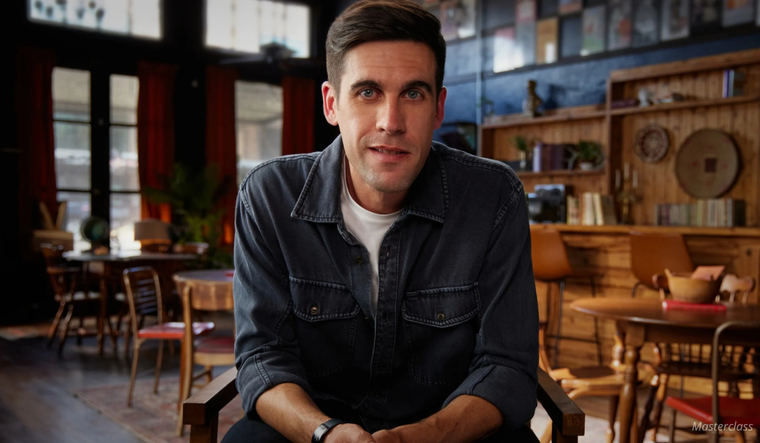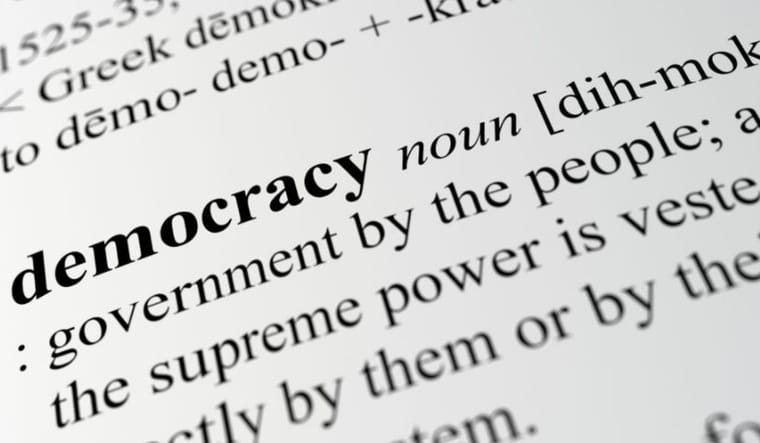This Mom Fought Back When Her New Jersey Town Announced Plans to Use Artificial Turf in a Local Park. Now, She Says Anyone Can Become an Activist
At first, Ivy Kessler didn’t think much about a proposal to install artificial turf in a park in her Scotch Plains, New Jersey, neighborhood. However, it did strike her as a little strange given the park’s natural setting—so she went to a Recreation Commission meeting to learn more about the plans.
“I love this park,” Kessler says. “There’s a winding brook that runs through it, a picnic pavilion, a playground, tennis and pickleball courts, and a baseball field.” Kessler’s kids, now 23 and 19, grew up playing at the park. It’s where she walks her dog.
So, Kessler started doing some research on artificial turf and was shocked by the impact synthetic turf has on the environment. For example, by the end of 2018, 100 million pounds of plastic and tire waste will have entered water and landfills from the disposal of synthetic turf. An equivalent amount of petroleum-based plastic will be used to create new fields.
What’s more, that brook that runs through the park flows into the Rahway River, which is a drinking water source for the neighboring town of Rahway.
As Kessler learned more about the potentially harmful effects of artificial turf, she started talking to her neighbors and created a flyer she distributed throughout the community. “I wanted to make sure everyone was informed about the plans to install artificial turf, and to urge everyone to attend the next recreation commission meeting so they could share their opinions.”
The town showed up—and while the final vote about the artificial turf installation has yet to happen, Kessler says it’s taught her a lot about the power of taking a stand on causes that matter to you. “It’s been amazing to watch this movement grow beyond me—so many people are doing so much work to fight the decision to install artificial turf,” she says.
5 Ways You Can Be an Activist, Too
Kessler never set out to be an activist. Yet in the course of rallying her community behind this cause, she’s learned a few things that may inspire you to take a stand for something that matters to you:
1. Educate yourself. The first step is to arm yourself with information about the cause. Kessler took a deep dive into the research on artificial turf, including its environmental and health impacts, so she could share factual evidence for her argument against the installation of the synthetic turf.
2. Start small. Kessler simply began her journey by talking with a few neighbors and sharing her thoughts. A handful who felt passionately about the issue started helping Kessler spread the news. They went door to door handing out flyers. “If we found people were willing to talk to us, we talked to them,” she says. “We shared the information we’d learned about the harmful effects of artificial turf and the benefits of natural grass fields.”
3. Share your thoughts (and information) with the powers that be. After a few weeks, Kessler and her growing “Friends of Brookside Park” emailed the mayor and town council with their thoughts on why artificial turf isn’t good for the environment or human health, along with plenty of facts and information to back up their arguments.
4. Keep your cool. As passionate as you might be about the topic, Kessler says she’s found kindness and open-mindedness work much better to change hearts and minds. “I don’t think you get anywhere when you get angry,” she says. “Go ahead and write that mad email, but save it in your drafts folder. More than likely, you’ll see how you can tone it down the next day!”
5. Connect with other organizations fighting the same cause. There’s a good chance other people are involved in the same “fight” you are—and they’re likely happy to lend a hand or offer advice. In the course of her activism work, Kessler discovered “The Green Team” in her neighborhood, a group focused on environmental issues. “They had no idea about the planned artificial turf and activated their followers,” says Kessler.
Please note that we may receive affiliate commissions from the sales of linked products.



